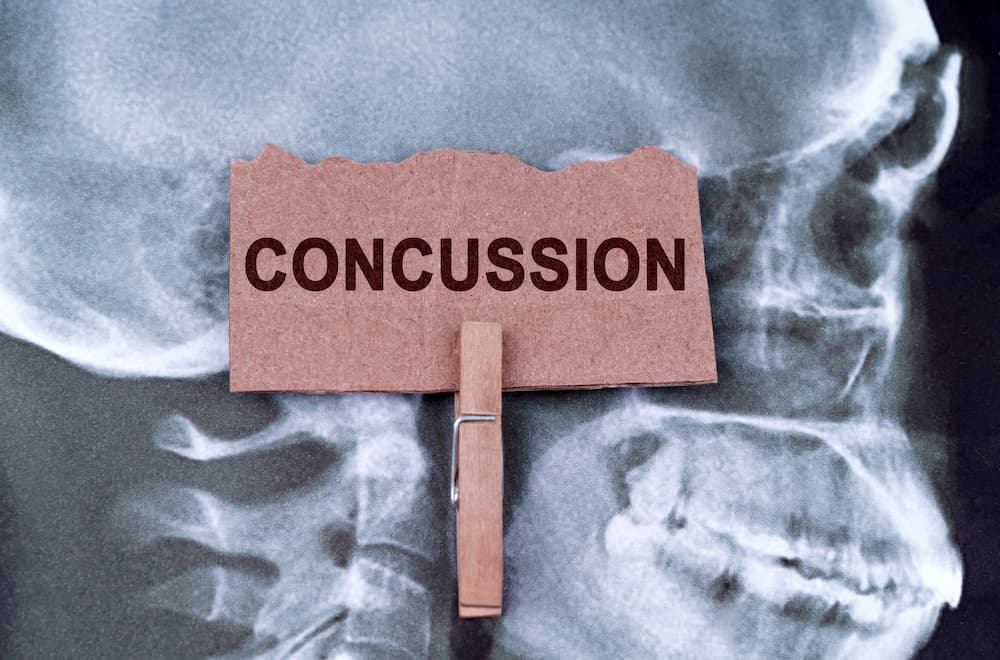Tennis elbow, or lateral epicondylitis, can cause significant discomfort, especially when trying to sleep. The pain associated with this condition often worsens at night, making it difficult to find a comfortable position to rest. Tennis elbow occurs due to overuse of the tendons in the forearm, leading to inflammation and irritation, particularly around the outer elbow. This discomfort can persist throughout the day and make sleeping difficult, interrupting your ability to heal.
If you’re struggling with how to sleep with tennis elbow, understanding the right techniques, positions, and strategies can help you manage the pain and get a better night’s rest. Here are some key tips and advice on how to alleviate discomfort and sleep more comfortably with tennis elbow.
Why Tennis Elbow Causes Discomfort While Sleeping
Many people with tennis elbow experience more pain at night than during the day, even when they are inactive. There are a few reasons why this happens:
Lack of Movement: When you sleep, your arm is stationary for long periods. This inactivity can lead to stiffness, causing increased pain when you wake up or move your arm in the night.
Pressure on the Elbow: If you sleep in positions that put pressure on the affected elbow, it can aggravate the tendons and muscles, causing the pain to worsen.
Inflammation Build-up: The body’s natural healing process increases blood flow to the injured area at night, which can sometimes increase inflammation and discomfort.
Given these factors, knowing how to adjust your sleeping habits can be key to managing tennis elbow pain.
Best Sleeping Positions for Tennis Elbow
One of the most important aspects of reducing discomfort at night is finding the right sleeping position. Here are some tips on the best ways to sleep with tennis elbow to minimize pain and promote healing.
Avoid Sleeping on the Affected Arm: It’s essential to avoid putting pressure on your injured elbow while sleeping. If you tend to sleep on your side, try to avoid lying on the side where you have tennis elbow, as this can aggravate the condition.
Sleep on Your Back: Sleeping on your back is one of the best positions for tennis elbow because it keeps your arms in a neutral position, reducing strain on the elbow. If you find it uncomfortable, you can place a pillow under your forearm for added support.
Use a Pillow to Support Your Arm: Elevating your arm slightly while sleeping can help reduce swelling and relieve pressure. Placing a pillow under your arm while you sleep can provide the right level of support and prevent your elbow from bending awkwardly during the night.
Try Sleeping with a Splint or Brace: Wearing a tennis elbow brace or splint at night can prevent the muscles in your forearm from contracting too much while you sleep. A brace helps keep the elbow in a slightly bent position, reducing strain on the tendons and helping alleviate pain.
Managing Nighttime Pain from Tennis Elbow
In addition to changing your sleeping position, there are several strategies you can use before bed to reduce pain and inflammation, helping you fall asleep more comfortably.
1. Apply Ice or Heat Before Bed: Applying ice to your elbow before bed can help reduce inflammation and numb the pain. Use an ice pack wrapped in a cloth and apply it to the affected area for 10-15 minutes before going to sleep. Alternatively, some people find that applying heat (like a warm compress or heating pad) helps relax the muscles and ease discomfort.
2. Stretching and Gentle Exercise: Performing light stretches and exercises before bed can help relieve stiffness and pain. Gentle stretches that target the forearm muscles can improve blood flow and reduce the tightness that builds up throughout the day.
3. Take Over-the-Counter Pain Relievers: If the pain is too severe, taking over-the-counter anti-inflammatory medications, such as ibuprofen or naproxen, before bed can help reduce inflammation and alleviate pain, making it easier to sleep.
4. Massage the Forearm: A light massage of the forearm muscles before bed can help reduce tension and improve circulation, which may relieve some of the pain associated with tennis elbow. Using a topical anti-inflammatory cream during the massage can provide additional relief.
Creating a Comfortable Sleep Environment
Along with focusing on how to sleep with tennis elbow, it’s important to create a sleep-friendly environment that promotes relaxation and helps you get deeper rest.
1. Use a Supportive Mattress and Pillows: A supportive mattress and pillows can make a significant difference in your sleep quality, especially if you’re dealing with an injury. Make sure your mattress offers enough support for your body, and use pillows to properly position your arm and shoulder.
2. Control Your Sleep Position: If you tend to move around in your sleep, you can place pillows around your body to prevent rolling over onto your injured arm. This will help maintain a comfortable position throughout the night.
3. Establish a Bedtime Routine: Creating a relaxing bedtime routine can help you fall asleep more easily despite the discomfort of tennis elbow. Try activities like reading, meditating, or listening to calming music to help relax your body and mind before bed.
When to Seek Medical Attention
If you’ve tried several approaches and still struggle with how to sleep with tennis elbow, it may be time to seek professional help. A healthcare provider can assess the severity of your condition and recommend treatment options that go beyond at-home care. Treatment options might include physical therapy, corticosteroid injections, or advanced regenerative treatments such as Platelet-Rich Plasma (PRP) therapy to accelerate healing.
While tennis elbow can be a frustrating condition, especially when it affects your ability to rest, taking steps to manage your symptoms and adjusting your sleeping habits can help you get the relief you need. By finding the right sleeping position, using supportive devices, and addressing pain before bed, you can improve your sleep quality and promote faster healing.
Knowing how to sleep with tennis elbow is essential for managing the pain and allowing your body to heal. Avoid putting pressure on your affected arm, try using pillows for added support, and consider wearing a brace at night. In addition, managing pain with ice, stretches, or medication can help ease discomfort and lead to a better night’s rest. If the pain persists or worsens, don’t hesitate to seek medical advice to explore further treatment options.





